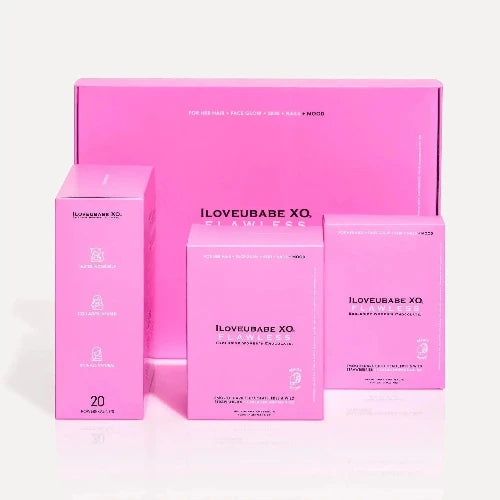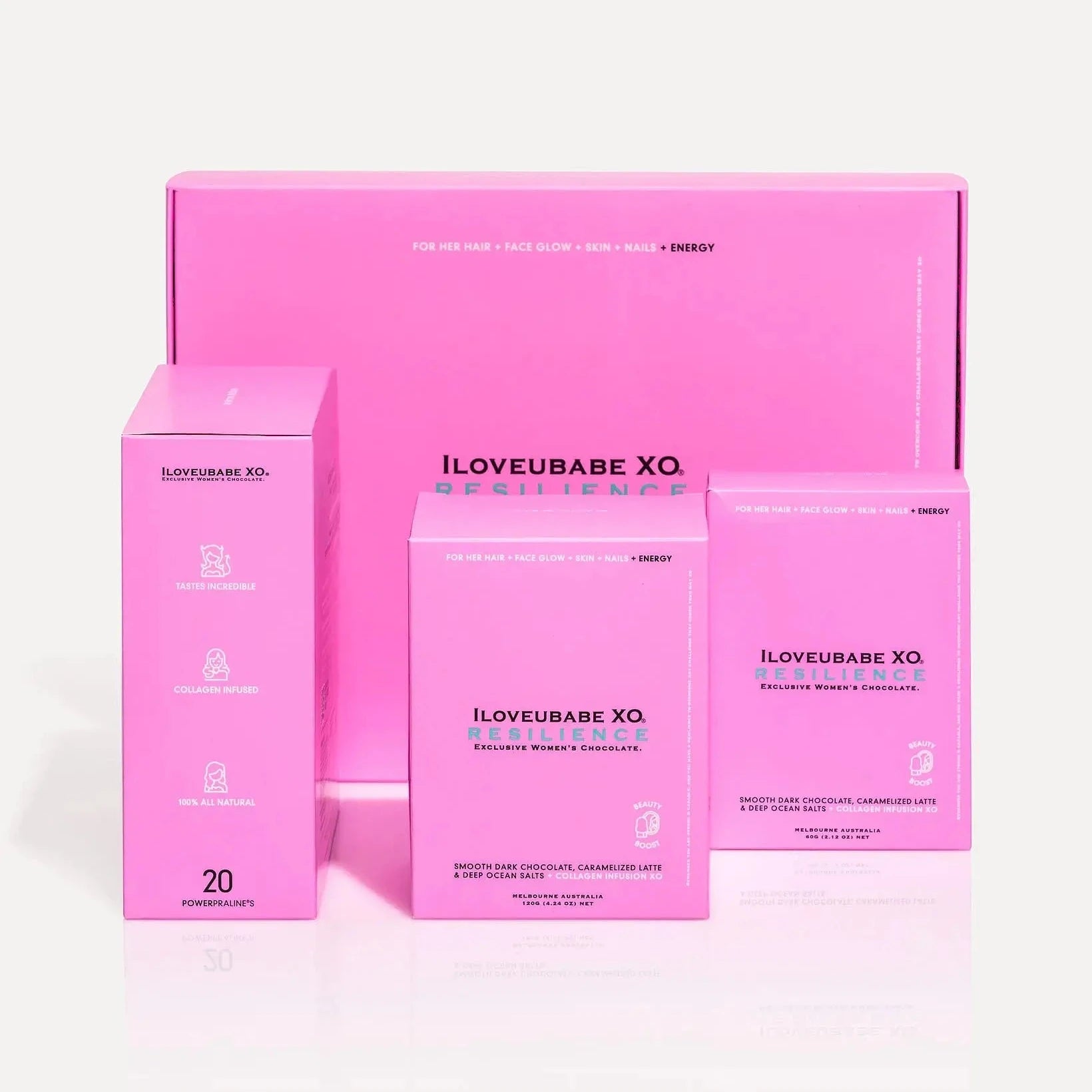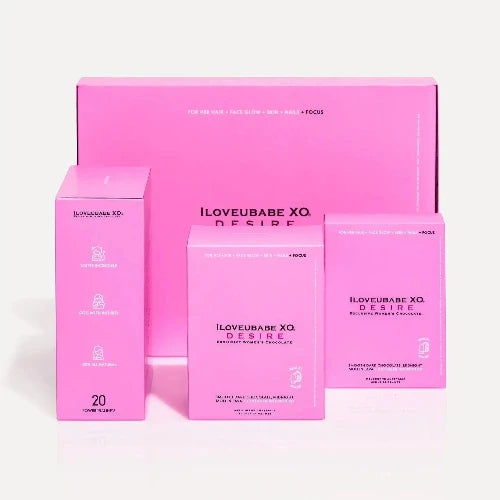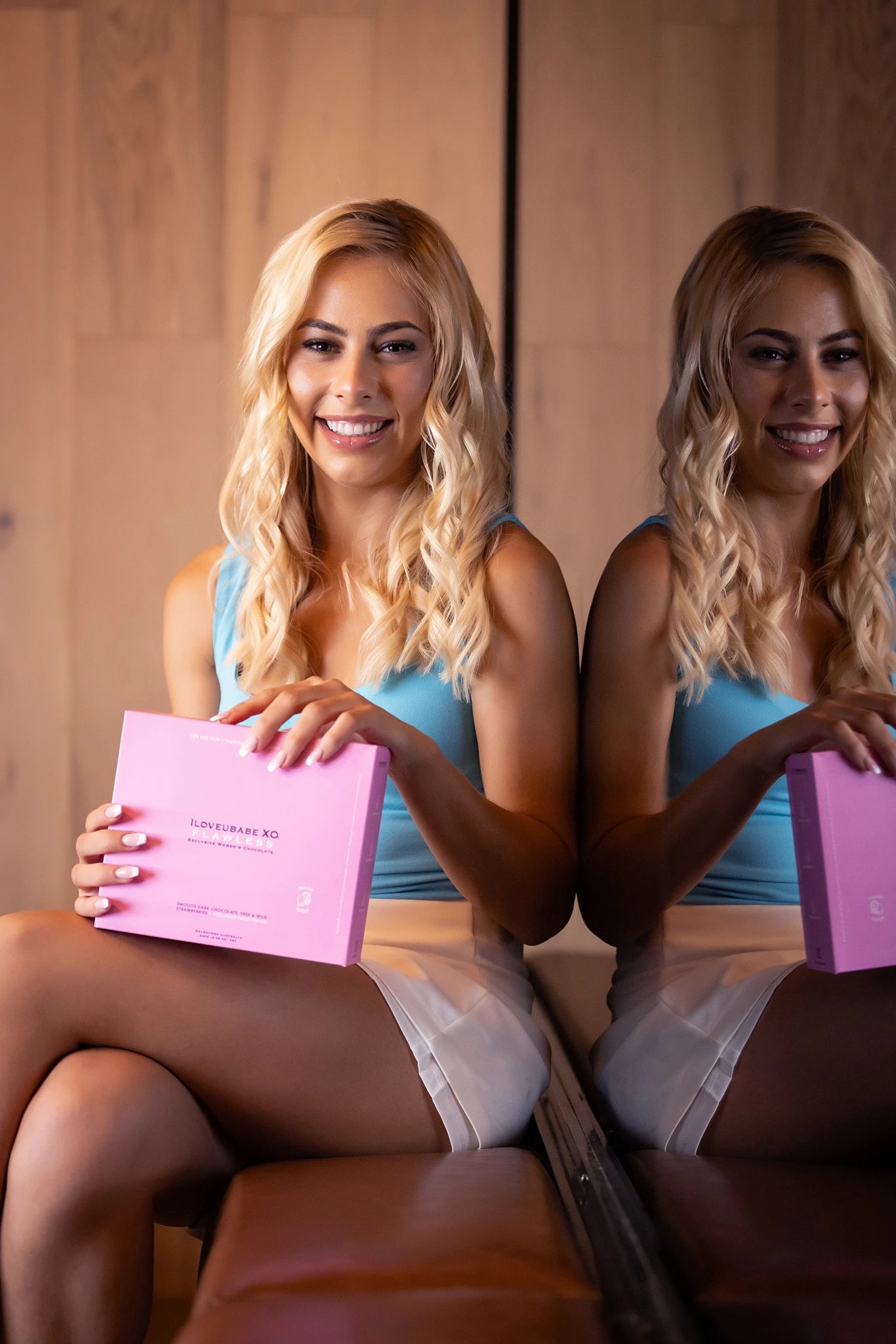
Cocoa Butter: Extraction, Composition, Uses and Properties
Soft, silky, and totally essential, cocoa butter is the behind-the-scenes hero of chocolate, skincare, and everything self-care. If you’ve ever wondered what makes your favourite chocolate melt just right or how your body butter feels so lush, you’re about to meet your new favourite ingredient.
From how cocoa butter is extracted to why it’s used in beauty and chocolate, here’s your go-to guide.
What Is Cocoa Butter?
Cocoa butter is the smooth, creamy fat that comes from cocoa beans - the same beans that give us chocolate. But this isn’t just any fat. It’s solid at room temp, melts perfectly on the skin, and has that subtle chocolatey smell we all know and love.
You’ll find cocoa butter in your favourite skincare, luxe chocolate, lip balms, and even some health products. It’s 100% plant-based, naturally moisturising, and totally multi-talented.
Bonus: After the cocoa butter is extracted, the leftover bits become cocoa solids, another beauty in the chocolate-making process.
Cocoa Butter Extraction & Composition (The Fun Version)
Let’s keep it simple. Cocoa butter extraction is basically the process of getting the good stuff (the butter) out of the cocoa bean. It starts with cocoa beans being fermented, dried, roasted, and crushed into nibs. These nibs are then ground into a paste, which gets pressed until the rich, velvety cocoa butter is released.
What’s it made of? Three superstar fatty acids:
- Stearic acid
- Oleic acid
- Palmitic acid
This unique mix is why cocoa butter is so dreamy in chocolate and skincare.
How Cocoa Butter Is Extracted
There are two main ways cocoa butter gets extracted:
- Hydraulic pressing: the standard method (and the one that keeps all the good stuff intact).
- Solvent extraction: a bit more intense, mostly used in non-edible applications.
Either way, the goal is to gently draw out the natural oils without messing with the magic.
Fatty Acid Composition of Cocoa Butter
Here’s where it gets a little sciencey.
Cocoa butter is made up of about:
- 35% stearic acid (helps it stay solid and skin-friendly)
- 35% oleic acid (hello hydration)
- 25% palmitic acid (smooth operator)
The result? A stable, long-lasting butter that melts on skin, works in chocolate, and doesn’t go sour fast. That’s a yes from us.
Adulterants and Substitutes
Sometimes brands use cheaper fats to mimic cocoa butter, especially in budget chocolate or skincare. These are often called cocoa butter substitutes or “CBEs” (cocoa butter equivalents).
Think:
- Palm oil
- Shea butter
- Hydrogenated vegetable oils
Are they the same? Not quite. They don’t melt as well, don’t feel as luxe, and don’t come with the same benefits. It’s like comparing real silk to polyester.
Uses of Cocoa Butter
Cocoa butter is a multitasker - just like you. Whether it’s making your chocolate smoother or your skin glowier, cocoa butter works hard behind the scenes.
Chocolate Manufacturing
Without cocoa butter, chocolate wouldn’t be silky, shiny, or snap the way it does. It gives it that melt-in-your-mouth magic and makes tempering (the process of getting chocolate glossy and firm) possible.
Basically, cocoa butter is the backbone of good chocolate.
Pharmaceutical Applications
Cocoa butter is used as a base for suppositories and skin meds. Why? Because it melts at body temperature and is super gentle on sensitive skin.
Personal Care and Cosmetics
You’ll find cocoa butter in:
- Lip balms
- Body butters
- Stretch mark creams
- Face masks
It hydrates, soothes, and helps lock in moisture - naturally.
History of Cocoa Butter
Cocoa butter has been around forever - used by ancient Mesoamerican civilisations as part of rituals, drinks, and later, beauty and medicine. But it really became a big deal in the 1800s when chocolate makers figured out how to press cocoa beans and isolate the butter.
That discovery? It gave us solid chocolate and the foundation for modern chocolate skincare.
Physical Properties of Cocoa Butter
The texture? Dreamy. The scent? Subtle cocoa bliss. The melt? Just right.
Cocoa butter is firm but soft, with a melting point just below body temp. That’s why it glides on the skin and melts on your tongue, with no weird waxy residue or greasy feel.
Polymorphism (AKA: Crystal Drama)
Cocoa butter has multiple crystal forms, but only one (Form V) gives chocolate that perfect snap and sheen. This is why chocolate gets tempered - it’s essential for quality.
Bad tempering equals chalky chocolate, while good tempering gives you glossy goodness.
Regional Differences
The quality of cocoa butter can change depending on where your cocoa beans come from.
For example:
- West Africa: neutral flavour, great for bulk production.
- South America: bolder aroma, more premium feel.
- Asia: mild, sometimes fruity profile.
The cocoa bean varieties and climate all play a role in how cocoa butter performs in chocolate and skincare.
Why Cocoa Butter Is a Self-Care Staple
It’s natural, nourishing, and kinda magical.
Whether you're using it to soothe your skin or snack on the smoothest chocolate ever, cocoa butter delivers benefits you can actually feel.
From lip balms to brownies, cocoa butter does it all - no fuss, no fluff, just real results.
Craving more? See how cocoa solids, cocoa beans, and cocoa bean varieties shape everything from taste to texture.
Shop Collagen Infused Chocolate Gift Boxes
FIND HER PERFECT GIFT NOW
Guilt-Free Chocolate That Tastes Incredible XO












